Before we dive into diagnostic battery management, I’m going to start with a miniature history lesson, to show you how the electric starter came on the scene resulting in the need for today’s modern automotive battery.
Later on, you’ll get a deep dive into how we use a TRITON-D10™ diagnostic tool in our Land Rover® case study.
History of Car Batteries
Let’s dive into a little history - over 100 years ago, cars did not have batteries. A bell or a bulb horn was used instead of an electric horn and carbide headlamps were standard while the engine was started with a crank.
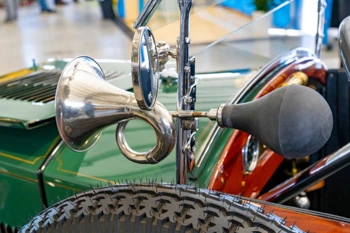

Old fashioned car horn & a vintage carbide headlight
Carbide lamps are powered by the reaction of calcium carbide with water. This reaction produces acetylene gas which burns a clean, bright, white flame. Back in those days, miners would use a hat with a carbide lamp mounted to it to act as a headlamp. I remember when my Grandpa hunted at night using a handheld carbide lamp during the first few decades of the 20th century.
Let’s get back to the hand crank start for a minute. I have never personally used one, but I have used a kick starter on a motorcycle resulting in a pronounced limp for a few days. I can only imagine a backfire during a hand crank.
Back then, there was more to it than simply turning the crank. After connecting the handle to the crankshaft through a hole in the grill, one would prime the engine. Next, adjust the throttle and ignition timing. A misstep anywhere in this process could result in a backfire, which would violently drive the crank handle in the opposite direction you were cranking. I would guess that being kicked by a mule would approach how to describe this occurrence. That’s the reason most people would not wrap their thumb around the handle and would use their left arm to crank – just in case an incident like described above would occur.
Did you know that in those days, a broken wrist was so common that surgeons came up with a special name for this injury that was so frequently found with professional drivers that they called it the “chauffeur's fracture.”

A handcrank vehicle
As the story goes, in 1910, a young man named Bryon Carter stopped to help a woman whose Cadillac® had stalled on a bridge in Detroit, Michigan. The engine backfired and spun the iron crank into his jaw, causing it to break. His jaw got infected and he unfortunately passed away due to the injury. But wait, there’s more! Henry Leland was a close friend of the tragically deceased Bryon Carter. Henry just happened to be running the Cadillac division at that time and he was quoted as saying “The Cadillac car will kill no more men if we can help it.”
Meanwhile, an inventor by the name of Charles Kettering had been working on several automotive innovations. An electric starter motor had been patented but was not yet feasible for mass production for an automobile. Henry Leland tasked Kettering to design something that would work. Low and behold, Kettering soon patented his own design. Kettering and his business partner founded a new company to handle the work of producing these starters. It was named Dayton Engineering Laboratories Company, or Delco®.
The new Delco® starter motor was installed on a 1912 Cadillac® Model 30. It also featured some of the first electric headlights in the industry. The marketing folks at Cadillac® simply dubbed it “The Car That Has No Crank,” which instantly doubled sales!
By 1920, car batteries along with electric starter motors became standard equipment. You can see why, I’m sure. No more incidents or difficulty cranking the engine.
Those first car batteries from that time period were six-volt lead acid. Named after their main functions, the SLI battery stood for starting, lighting, and ignition.
My old 1951 Chevrolet® pickup had a six-volt system. I drove it for a year with a bad battery because I could not afford a new one at the time. It was easy to park on a hill, let it roll and pop the clutch to start. Or a buddy could ease his truck up to mine and touch bumpers, that was a ground connection. Another trick to get the car going was using a piece of barbwire – you could connect the two positive posts on the batteries and my Chevy was up and running. When I finally saved enough for a battery, I learned that an eight-volt battery was available for a little more oomph. That’s exactly what I bought, and it performed as advertised. No more barbed wire for me! Please do not attempt to any of my old “fixes” as they are not recommended in this day and age.
In 1953, GM® switched to 12-volt systems in the Cadillac®, Buick® and Oldsmobile® models. Chrysler® also followed suit in 1956.
In 1956, Ford®, Lincoln®, Mercury® all came out with the new 12-volt systems as well.
Smaller automobiles, like the VW® Beetle®, opted to stay with the 6-volt systems until the mid-60’s. By then, the majority of the automotive world was run on 12-volts.
Other than the maintenance-free battery coming out in the ‘70’s with the Delco-Remy® Freedom battery, and the AGM battery, not a lot has changed, really.
In fact, if you really think about it, battery management has been around in some form for well over 100 years, since the 1912 Cadillac®. It used a starter/generator that had a charge controller that would “manage” the amount of charge with resistance or through a cut-out relay.
Since then, battery management has been the norm but has transformed with the times with different technologies.
Of course, with the current computer technology, battery management has taken on an entirely different path but with the same objectives. Trouble-free and longevity, right? This is where diagnostic scan tools like OBD scanners shine.
Let’s focus on Land Rover® Battery Management and see their technology at work in this case study below.
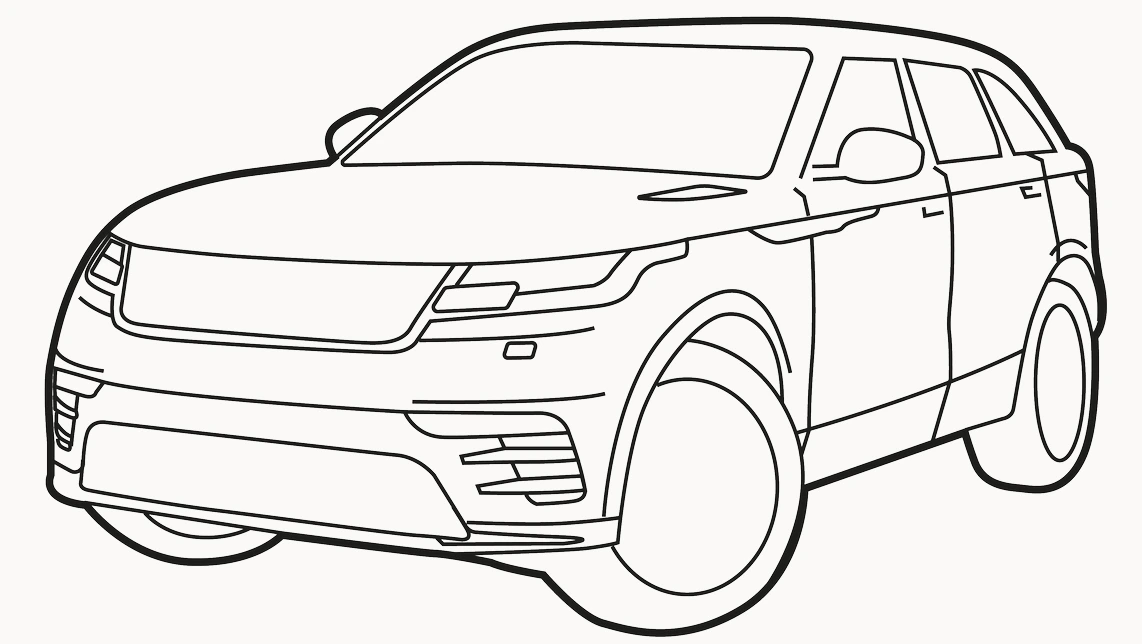
Case Study – Land Rover Battery Management
1. 2016 Land Rover® Range Rover™ Sport 5.0L V8 Supercharged
2. System Diagnosis determined that the vehicle’s battery is non-functional
3. Replace battery
4. New battery is out of calibration with the vehicle
5. Using 'Service Resets and Relearns' to replace and recalibrate the vehicle battery, the charging system can ensure that delicate electronic modules are not subject to overcharging. With the new battery calibrated to the vehicle, it can operate at peak efficiency and prevent potential damage to critical electronic components.
6. Perform a test drive and confirm the repair
Once the battery has been replaced, prior to starting the vehicle, the battery needs to be recalibrated to the vehicle. Using Service Resets and Relearns (SR&R), the battery is properly calibrated to the vehicle. This process will synchronize the charging system with the new battery to prevent overcharging, which can cause damage to sensitive modules in the vehicle.
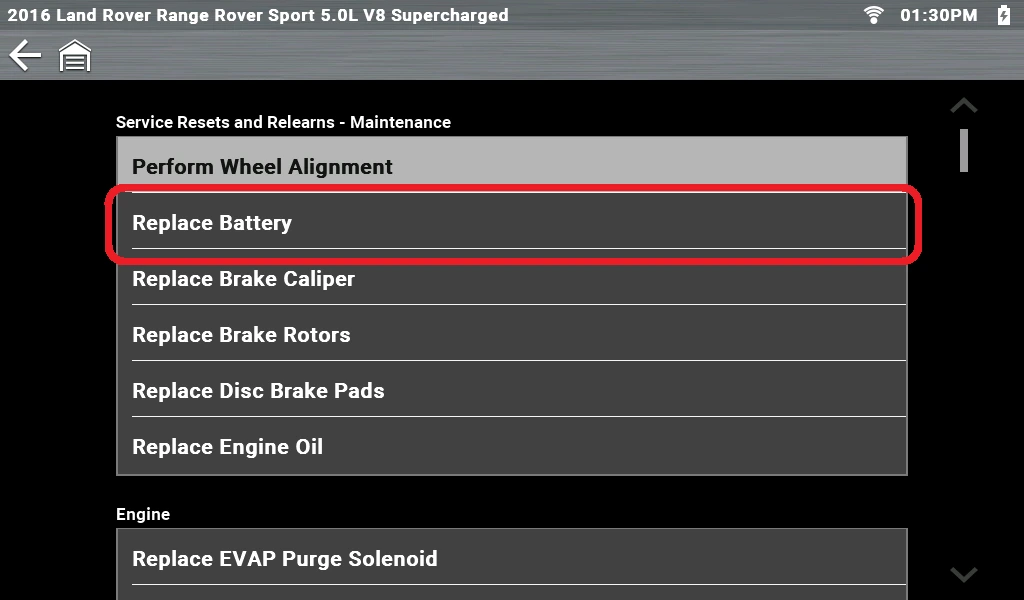
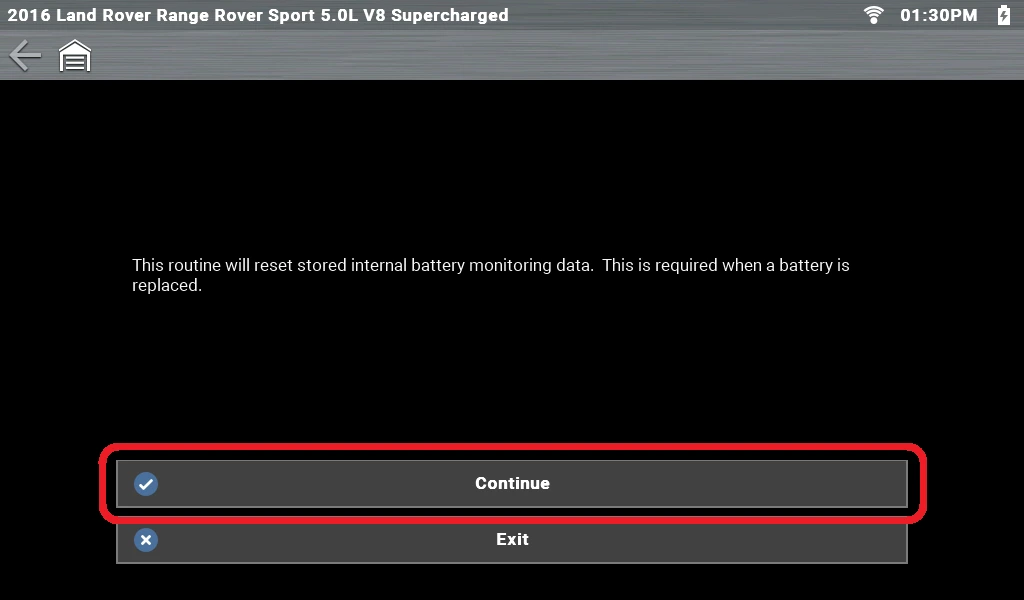
We used a Guided Component Test to access the Battery Monitoring System (BMS) module to verify all is well with it and the charging components.
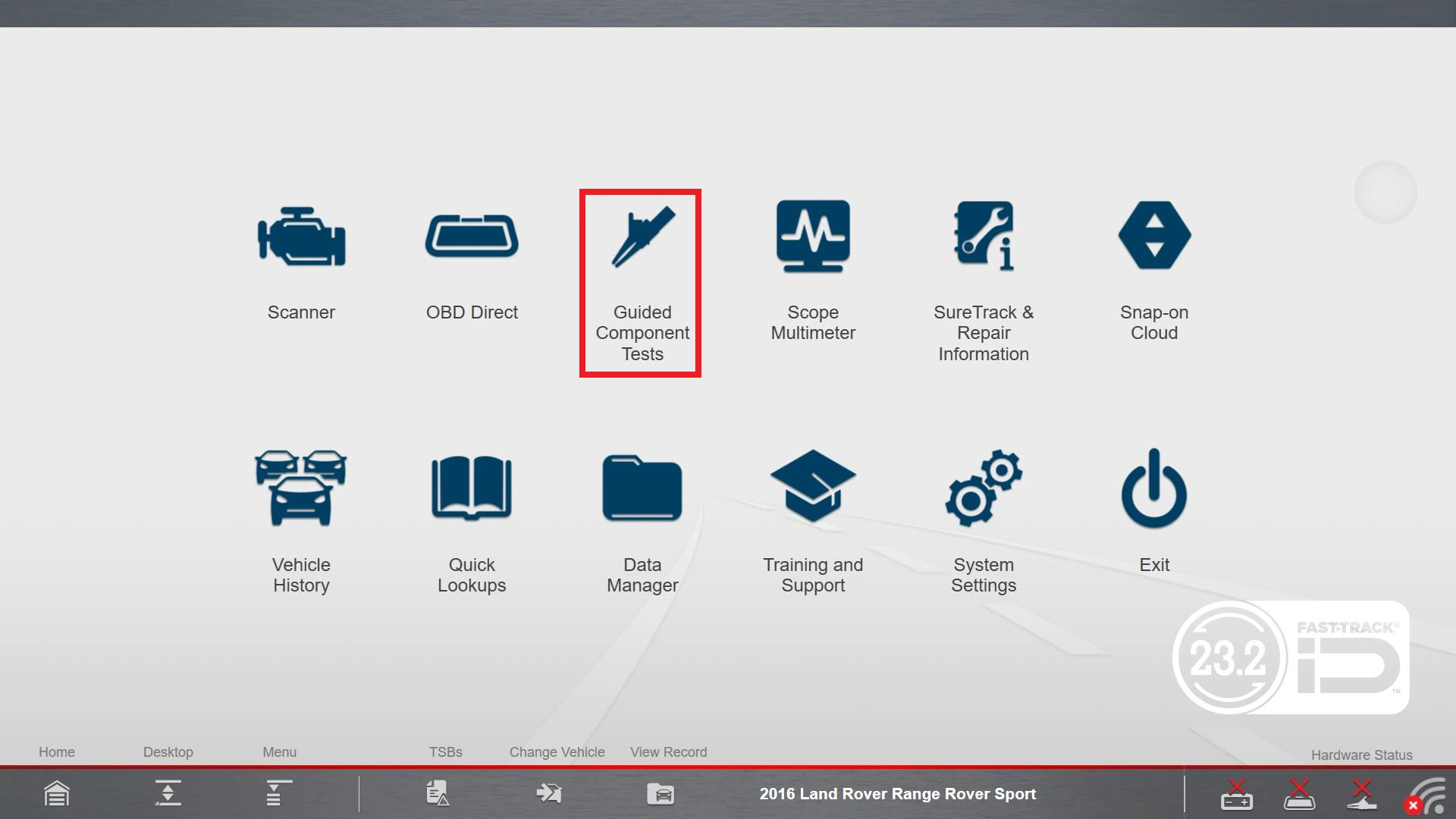
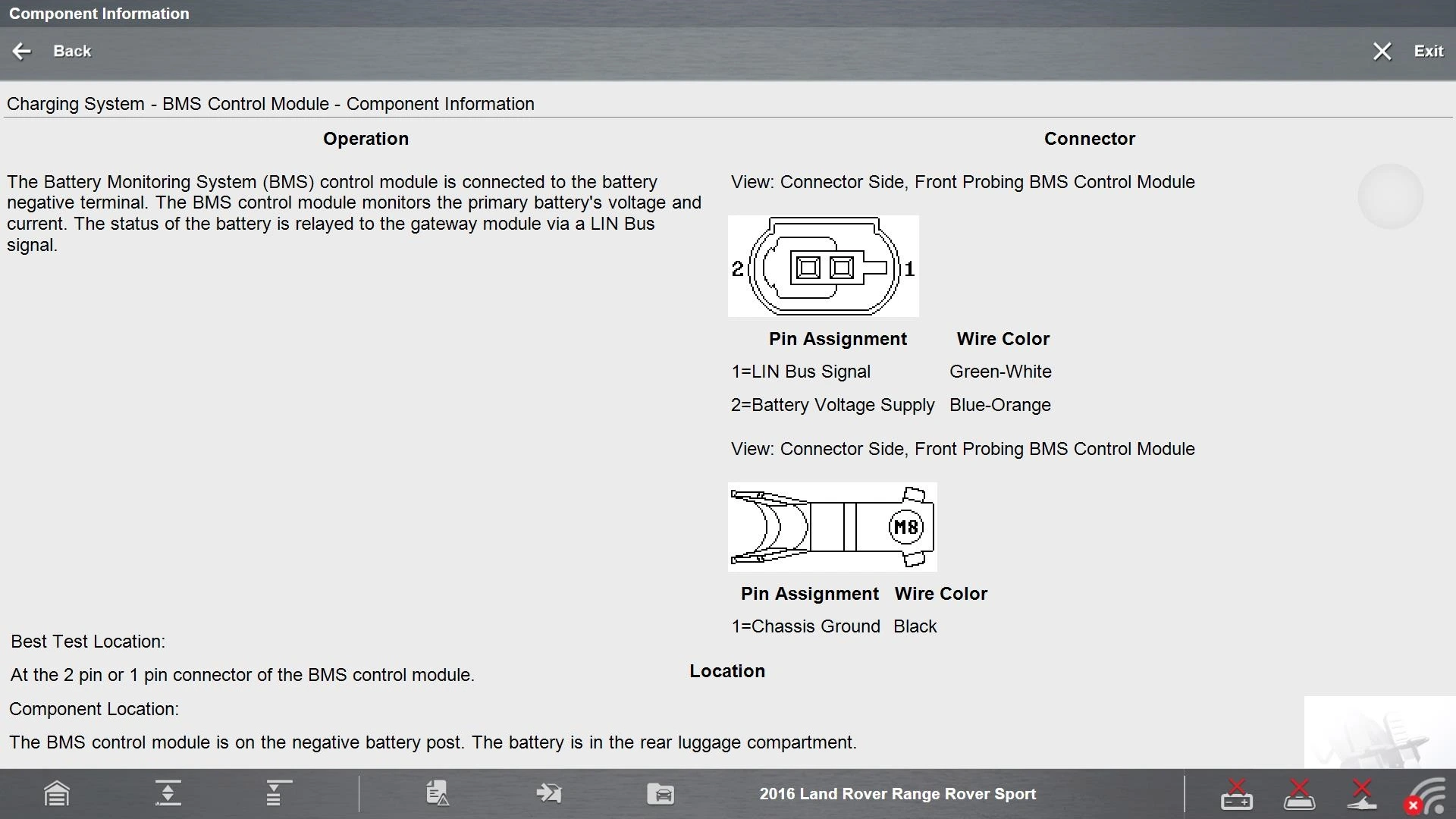
So, that’s the story of battery management spanning the last 110 years. I don’t know about you but, after this article, if I ever reminisce about the “good ole days,” I will immediately think of the chauffeur’s fracture.